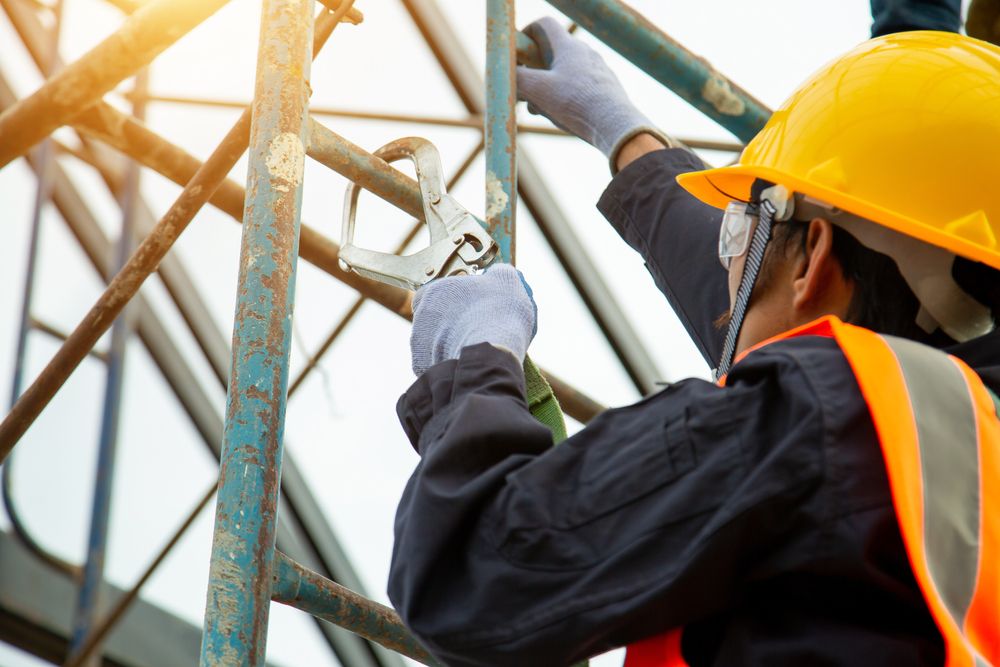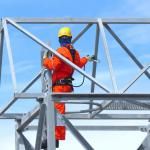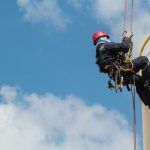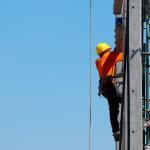
Potential Hazards While Working at Heights that Aren’t Falling
Working at heights comes with plenty of challenges and poses more risks than most realize. There are many workplace hazards that may plague employees who need to complete tasks several feet above ground.
In this article, we will get to see the potential hazards while working at heights (apart from falling). Identifying these hazards makes it easy to select suitable working at heights training for your employees.
Potential Hazards While Working at Heights
Aside from falling, there are other potential hazards that pose a threat while working at heights. These hazards include:
Falling Debris
Workers in construction, manufacturing and the service sector may encounter falling items from higher points at worksites. Falling debris could be directly responsible for head trauma or be the cause of a fall.
Stakeholders in industries with a heightened risk of hazards from falling debris tend to require additional protective equipment.
Workers in such sectors need to have a functional communication channel with colleagues to prevent these types of accidents.
Platform Collapse
Some platforms could suffer corrosion, especially in a plant or outdoor environment laced with reactive materials. It is important to regularly inspect the platforms and scaffolding that your employees are working with. A platform collapse could lead to severe injury or fatality if
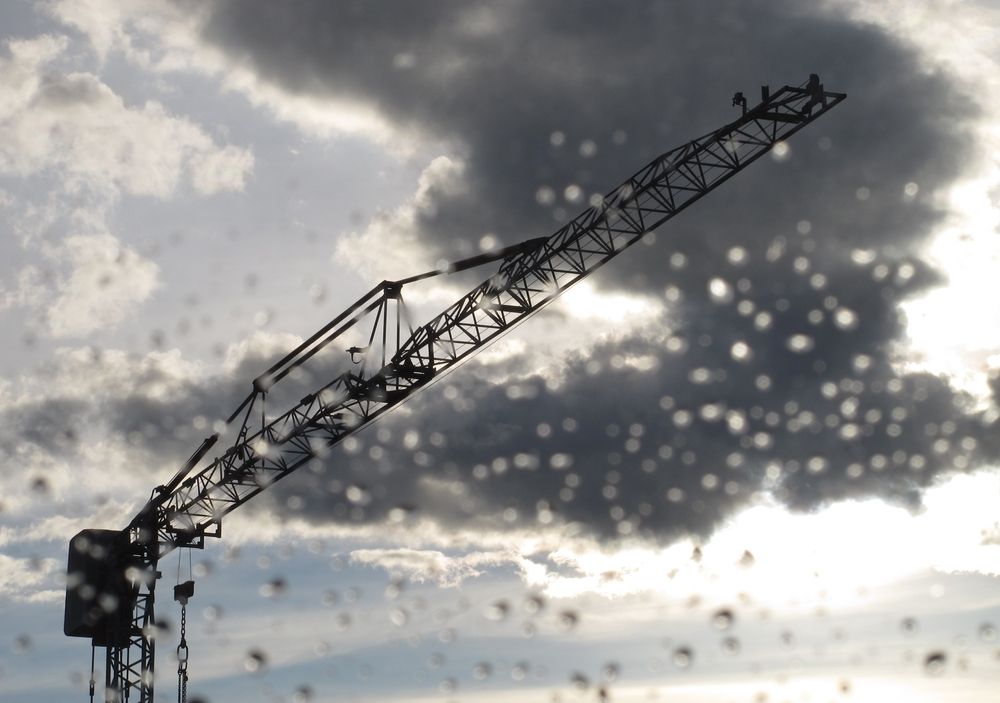
workers do not use correct fall arresting equipment.
Contact With Overhead Electrical Supply Lines
Employees in the service sector may need to work in close contact with electrical supply lines. Clear and constant communication is important to avoid this potential hazard. If there is a breakdown in communication and any electrical line becomes live, severe fatalities may occur.
Bad Weather
Poor weather conditions may result in unexpected slips when workers operate several feet above ground. It is essential that workers avoid carrying out their duties at heights when the weather conditions pose a threat to their safety.
Why Do Workers Fail to Identify Potential Hazards When Working at Heights
Here are a few reasons why workers fail to identify these other potential hazards when working at heights:
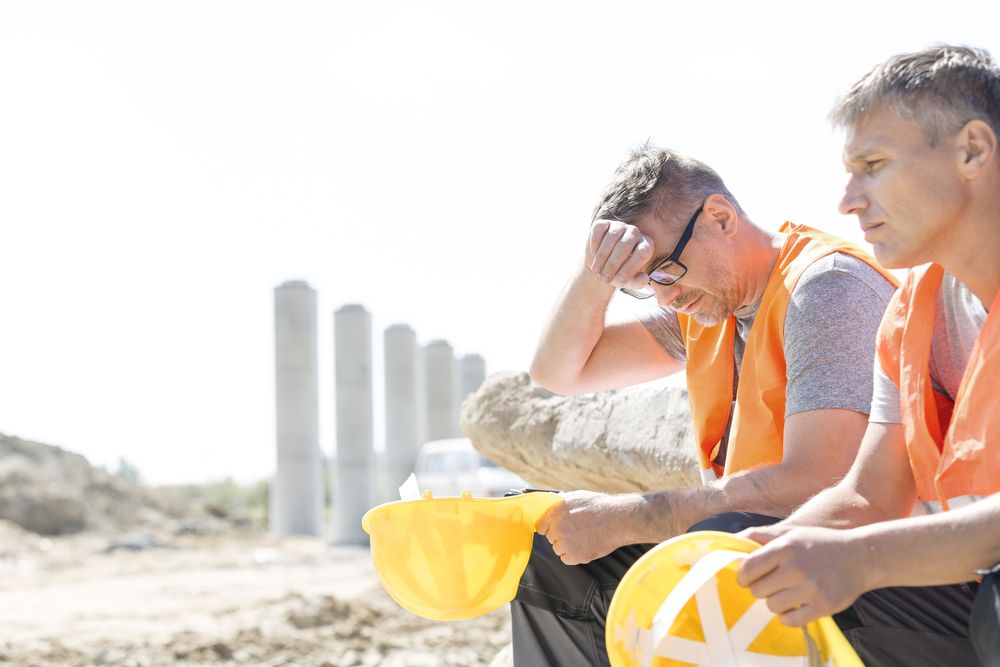 Fatigue
Fatigue
Fatigue is a major reason why workers ignore hazards attached to working at heights. Whenever workers show a heightened level of fatigue, employers or supervisors should provide them much-needed relief.
Inadequate Preparation
Skipping training, refusing to use fall arrester systems and other dangerous actions leads to employees ignoring warning signs. Ensure your workers are equipped with every essential detail if they are to work at heights.
Complacency
Being overconfident could lead to an unexpected accident when working above ground. Employees must always have a working knowledge of their immediate environment and employ procedures learnt in training sessions. Employees that adopt training procedures on the field are more likely to identify potential workplace hazards.
Advanced Consulting & Training – Working At Heights
Working at heights has lots of hazards employees need to deal with apart from falling. It is crucial for employers to ensure their staff gets adequate training and protection against workplace hazards.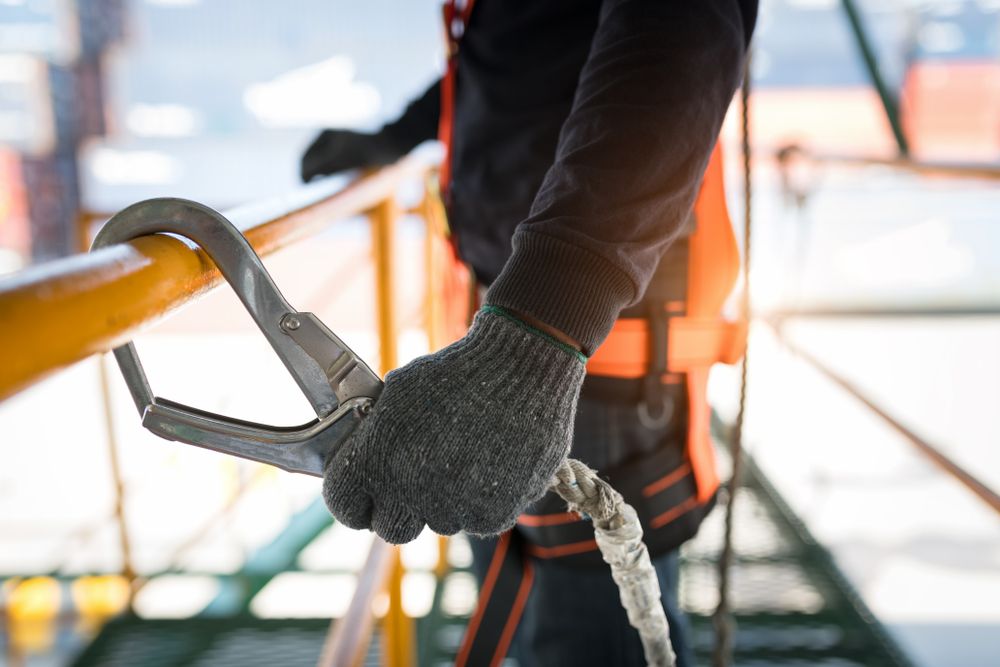
Working at heights training is an effective way to mitigate risks linked to operating in dangerous environments. After identifying hazards linked to working at heights, it is less challenging to take pro-active measures that guarantee employee safety.
Employers must enlist professional hands in identifying and reducing hazards linked to working above ground. When employers can guarantee their workers’ safety when operating at heights, productivity can be sustained without hassle.
Contact us to learn more about our working at heights safety training.

